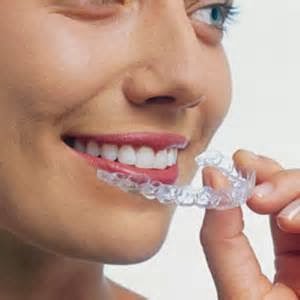Orthodontic treatment is a process of moving teeth from one position
to another. In doing so, the bone and gum tissue surrounding the teeth
have to adapt and adjust to the new tooth position.
The teeth are
held into place by many microscopic elastic fibers. These fibers are
spread all along the tooth and attach the tooth to the gum tissue, the
tooth to the surrounding bone, and the surrounding bone to the gum
tissue. They are like tiny rubber bands that hold the tooth in place but
allow it to move when pressure is placed on the tooth. If the teeth
were not allowed to move, they would crack and break when we bite down
on them. These elastic fibers are like the springs and shock absorbers
in your car, allowing the car to go over bumps and dips with relative
comfort.
After a tooth has been moved through orthodontic
treatment, it needs to be held into place. This is where the orthodontic
retainer becomes a valuable tool in someone's orthodontic treatment.
Since the elastic fibers around the teeth have been stretched, they will
tend to pull the tooth back to it's original position unless resistance
is applied to that tooth. This is the role of the orthodontic retainer.





